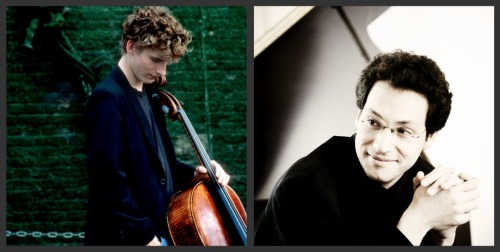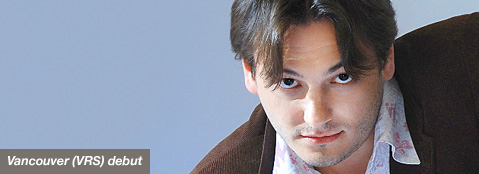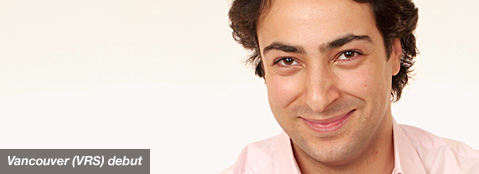Tag: Kay Meek Centre
-

PROGRAM NOTES: ANDREAS BRANTELID & SHAI WOSNER
Claude Debussy: Sonata for Cello and Piano Few works of Claude Debussy (1862-1918) bear generic titles like symphony, quartet, concerto or sonata. Most have descriptive or evocative titles like Printemps, Jeux, Claire de lune, La mer, Nocturnes or Ibéria. Since chamber music tends, more than any other, to rely on the traditional forms of classical…
-

GETTING TO KNOW: MAXIM RYSANOV
“If they say the violin is a human voice, I would say the viola is the voice of the soul.” Discovery: “I studied at the boarding school, and there was a viola player in the next room. Its vibrations touched me deeply when I played it. That was how I realized that I can…
-

FOR YOUR VIEWING PLEASURE
Maxim Rysanov describes how he was introduced to the viola. It didn’t take long for this “prince among violists” to achieve success and acclaim. In September 2010 he performed Tchaikovsky’s Rococo Variations at the Last Night of the Proms with conductor Jiri Belohlavek and the BBC Symphony Orchestra. Maxim Rysanov performs at Kay Meek Centre on Sunday, October 16.



